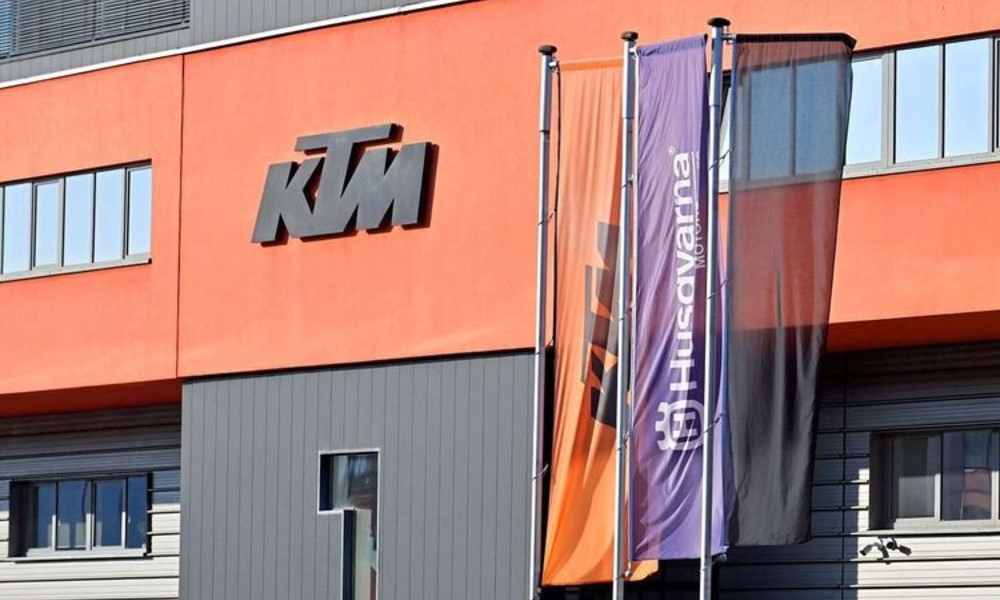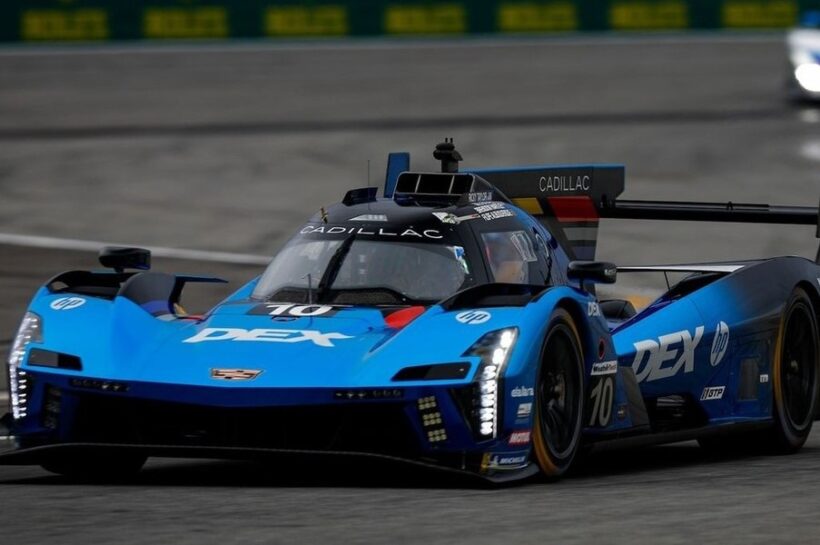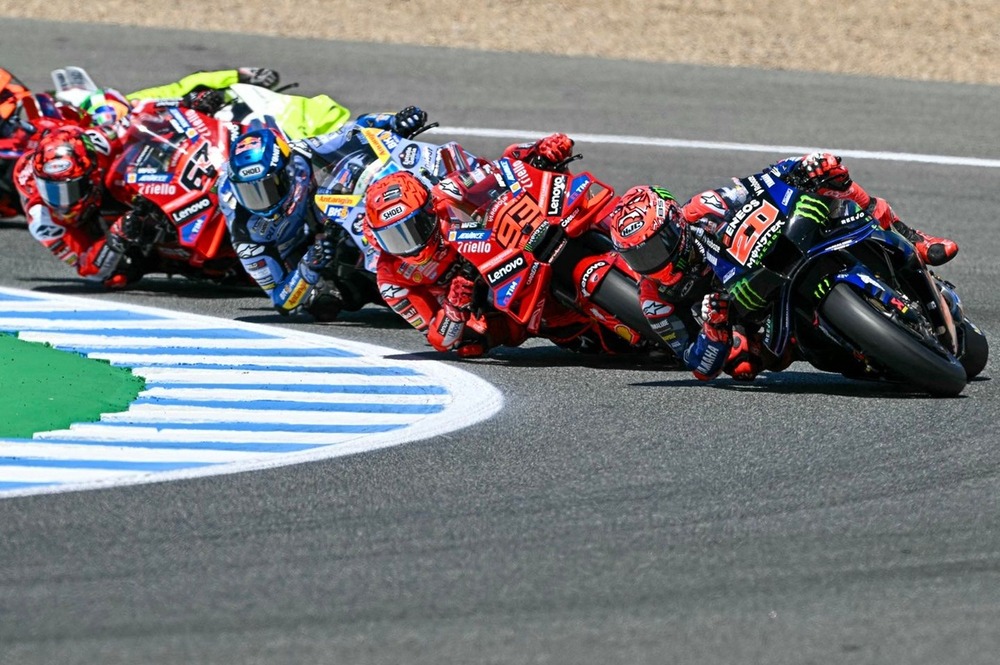KTM’s bankruptcy will go down as the largest in Upper Austria’s industrial history as creditors file €2.2 billion claim in court hearing.
The company’s financial crisis has escalated dramatically, with creditors filing claims totaling an unprecedented €2.185 billion marking a critical turning point for the once-dominant motorcycle producer.
The financial implosion of KTM’s bankruptcy represents a stark narrative of industrial challenge, with the company’s debt spiraling to levels that threaten its very existence.
According to the Alpine Creditors Association (AKV) the total claims against KTM AG have reached a staggering €2,185,344,613.84 a figure that encompasses 3,535 separate claims – including 2,347 from employees and 1,187 from other creditors.
This massive debt load has transformed what was once Europe’s largest motorcycle manufacturer into a cautionary tale of industrial volatility.
The roots of KTM’s bankruptcy can be traced to a complex interplay of economic challenges. The company has been battling declining sales, overproduction, and an unsuccessful business expansion strategy that ultimately precipitated its current crisis.
The renowned Austrian motorcycle giant which had previously been celebrated for its innovative design and motorsport success, now finds itself in a precarious position of restructuring and potential reinvention.
In a significant leadership shake-up, Stefan Pierer, the CEO who had been instrumental in building KTM into a global brand, stepped down from his position. He has been replaced by Gottfried Neumeister, though Pierer will continue to be involved in the restructuring proceedings.
The restructuring plan currently on the table proposes paying creditors 30% of their outstanding claims – the statutory minimum under Austrian insolvency law. However, this proposal has already met resistance from some creditors who are seeking more favorable terms.
A critical meeting scheduled for February 25, 2025, will determine whether sufficient investor interest can be secured to tame KTM’s bankruptcy while keeping the company operational.
Despite the financial turmoil, KTM has demonstrated a commitment to maintaining its core operations. The company has confirmed its participation in the 2025 MotoGP season, with plans to launch on January 30.
READ ALSO: KTM’s MotoGP exit ‘planned’ for 2026 amid insolvency proceedings
Moreover, 23 potential investors – a mix of strategic and financial backers – have expressed interest in supporting the company’s restructuring efforts.
READ ALSO: Lewis Hamilton in ‘concrete talks’ to save KTM MotoGP project
The potential economic impact of KTM’s bankruptcy is profound particularly in the Innviertel region of Upper Austria where the company is a major employer.
The local Employment Agency (AMS) estimates that each job in the motorcycle industry generates two additional positions in the region, meaning the potential loss of KTM could have devastating ripple effects on the local economy.
Production has been strategically suspended from January to February 2025, with plans to resume at a reduced rate in March. The company currently employs 550 people, with 146 layoffs already implemented.
The restructuring administrator has indicated that there are sufficient funds to continue operations into the eighth week of 2025, providing a narrow window for potential rescue.
A group of Schuldschein creditors led by US hedge fund Whitebox Advisors is already proposing an alternative restructuring plan that could offer lenders more favorable recovery terms than the current 30% proposal.
This development suggests that the financial negotiations are far from settled and that multiple stakeholders are actively working to shape KTM’s financial future.
The Austrian government and regional authorities are closely monitoring the situation. Thomas Stelzer, Governor of Upper Austria, has expressed a willingness to support employees while acknowledging the legal constraints that prevent direct state intervention.
The Economy Minister, Martin Kocher, has called for a comprehensive analysis of how a seemingly favorable financial situation could deteriorate so rapidly.
As the motorcycle industry watches with bated breath, KTM’s bankruptcy represents more than just a corporate financial crisis. It is a stark reflection of the challenges facing traditional manufacturing sectors in an increasingly complex global economic landscape.
The company’s ability to attract investors, restructure its operations, and navigate its financial challenges will be crucial in determining whether KTM can emerge from this crisis as a reinvented, sustainable enterprise.
















